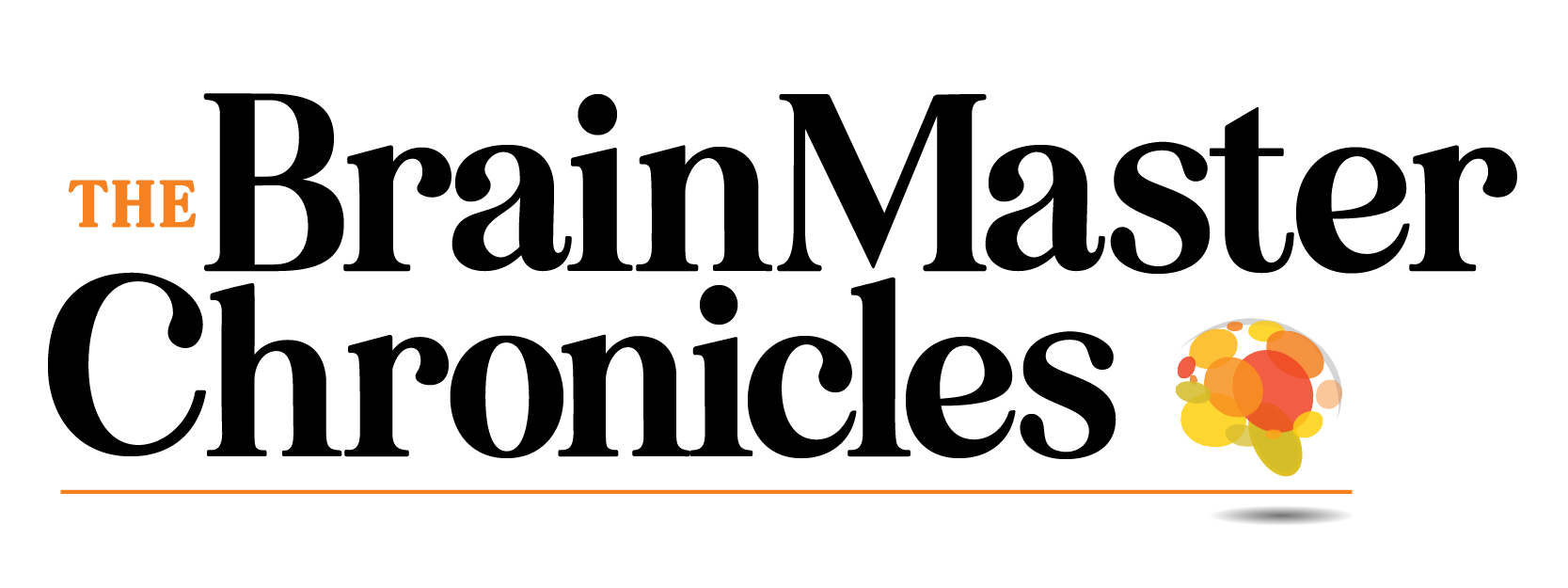

An Operational Model of Human Emotion
“Let’s not forget that the little emotions
are the captains of our lives
and we obey them without realizing it.”
— Vincent Van Gogh
As neuroscience becomes increasingly prominent in mental health practice, practitioners look for approaches and tools — based upon new insights — that can facilitate clinical progress. Progress in brain research has provided a wealth of research data that provides an understanding of brain mechanisms and processes. Some of this knowledge relates to cognitive processing and provides a basis for understanding a wide range of cognitive issues related to attention, reasoning, and decision-making. However, a key element in clinical mental health is that of emotion, and the valence — or quality — that clients assign to their experiences. Often, emotion can outweigh reason or knowledge in determining how and when decisions will be made — and how clients interact with their internal as well as external worlds.
At a certain level, all decisions are emotional. As much as we may pride ourselves on making objective decisions based upon rational input, there is no denying the sense of satisfaction and security that accompanies a decision that is made in the face of a complete and thorough assessment. Similarly, it is hard to imagine one feeling comfortable in securing a plan that is accompanied by any strong sense of trepidation or fear. In all, any path that we pursue is accompanied by a sense of our individual judgment of whether it is safe to proceed, or whether there are possible considerations that have not been fully evaluated.
Counselors and other mental health professionals are in need of an operational model that can guide assessment, treatment, and evaluation of client responses.
As Allen Ivey (2012) stated, mental health counseling is neuroscience. Counselors have the tools to alter brain physiology and function by virtue of interventions that change clients. They are able to influence the reward patterns and reasoning processes — as well as the emotional responses — that define client needs and capabilities.
Currently, we work under a medical paradigm that assumes that if we are able to identify a client deficiency or excess of some key agent, then we can intervene by changing that parameter using pharmaceuticals, electricity, or other physical means. However, this requires evaluation of the underlying internal factors — as well as external — that have lead to the presenting problem. We may face a situation akin to pouring water into a leaking bucket, or bailing water out of a bucket in the rain, both of which are temporary solutions, at best.
Tom Collura
Ph.D., MSMHC, QEEG-D, BCN, NCC, LPCC-S, Founder
“Well, my bucket’s got a hole in it.
It don’t work no more.”
— Clarence Williams


